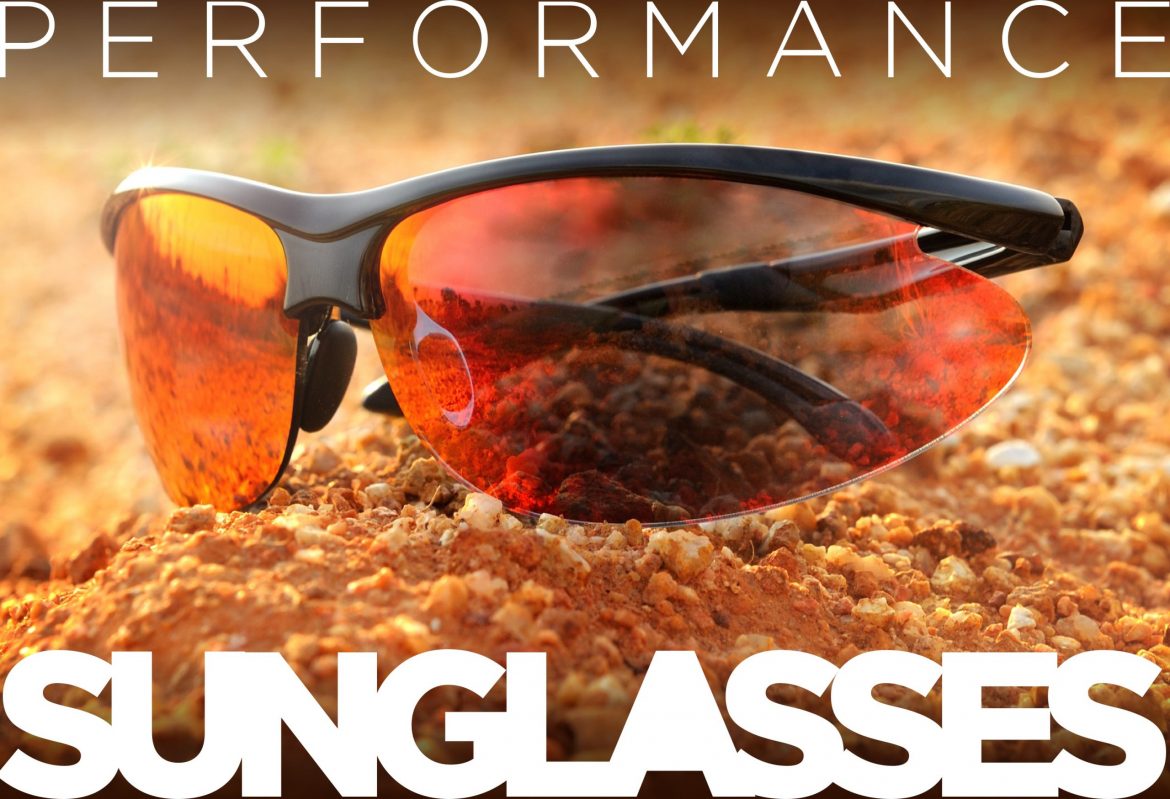![]()
There was a time when a car stereo only had one knob to control the sound coming through the speakers: volume. Eventually, stereo makers designed systems which allowed the listener to tune the sound to their liking with frequency control options and more.
The next evolution came in the form of presets. Listening to rock? There’s a preset for that. Jazz? Here you go.
In much the same way, sunglass lenses have evolved past the three basic colors of grey, brown and G-15 (Green). These essential colors are certainly not obsolete, but for those that want optimal vision for a specific activity there are now new and exciting lens colors and coatings to choose from.
In order to better comprehend the innovative new options, let me explain how sunglasses work at the most basic level.
Sunglasses provide the following benefits:
Protection from harmful UV: UVA and UVB are the two most common forms of UV radiation that we’re exposed to. Overexposure to UVA and UVB can lead to cataracts, pinguecula, photokeratitis (a.k.a. snow blindness) and even macular degeneration.
Reduced light intensity: UVA and UVB are imperceivable to the human eye and can be filtered out through clear, colorless lenses. Why then do we still squint? Eye strain caused from squinting is a result of exposure to intense visible light. Dark lenses are needed to reduce the amount of visible light making contact with our eyes while also filtering out UVA and UVB.
Eliminate glare: Some sunglass lenses come with a polarized filter which not only reduce the amount of visible light but also eliminate glare. When light reflects off of a flat surface like water on a lake, snow, sand on a beach or the asphalt highway, it can cause virtually blinding reflections of light. Polarized sunglasses can eliminate or greatly reduce this glare. Not all sunglasses are polarized so if you want this feature be sure to check the lens specifications.
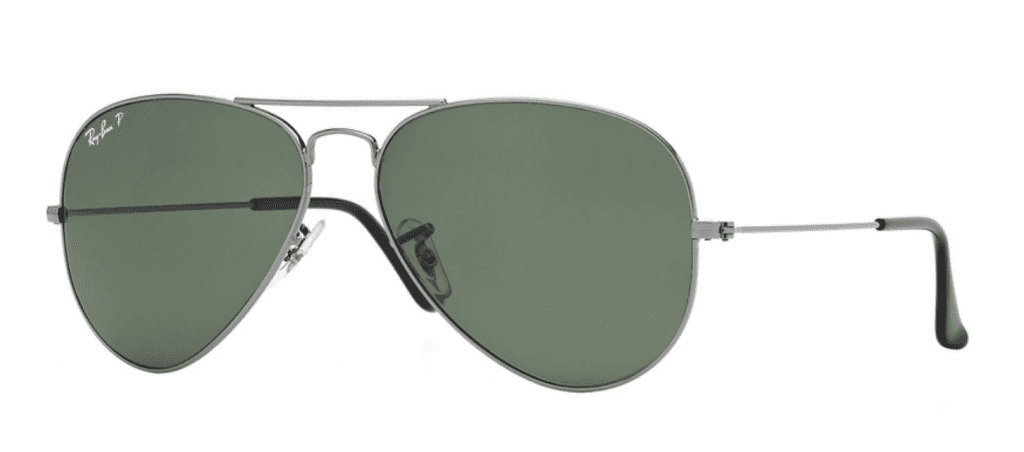
Pictured:
RAY-BAN RB3025
Ray-Ban Aviator in Gunmetal
Sunglass lenses have evolved
Over the years, while frame styles evolved, the fundamentals of sunglass lenses mostly remained the same. However, today there are numerous lens options designed to give fishermen, hikers, cyclists, skiers, beach goers and more performance options to see better in specific environments.
Mirror coatings
The next stage in lens innovation came in the form of mirror coatings. Mirror coatings are the first layer of defense against bright light, and depending on the type of coating, can reflect up to 50% of light. Mirror coatings are especially beneficial for people that spend hours at a time in snowy conditions or on the water.
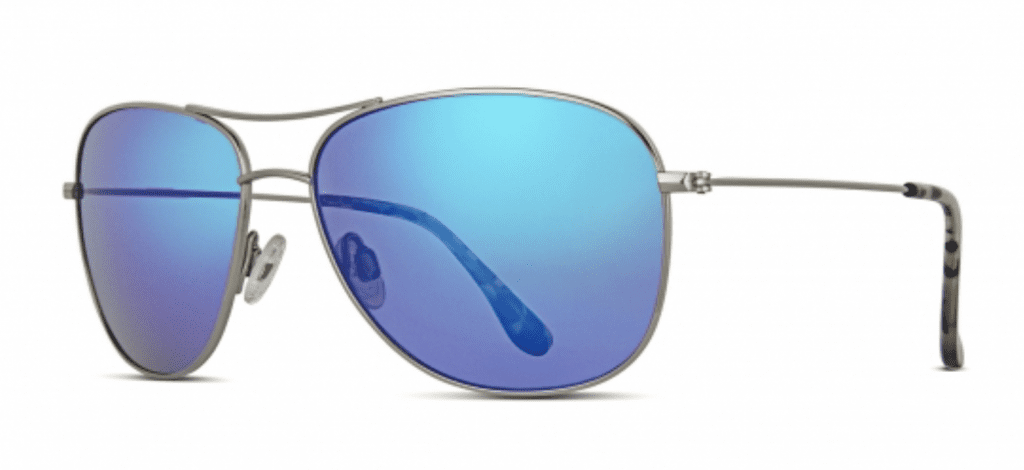
Some manufacturers, like Maui Jim, have made mirror coated polarized lenses standard across their entire sunglass collection.
Pictured:
MAUI JIM CLIFF HOUSE
B247-17 Silver / Blue hawaii mauipure
Backside anti-reflective coating
Not long after mirror coatings were introduced to reflect light off the front surface of the sunglass lens, backside anti-reflective coatings were applied to eliminate bounce-back light. Unless you’re driving a car with a roof over your head or sitting under a source of shade, chances are you’re getting light coming at you from the front, back and sides.
Having a backside AR prevents light hitting the back of the lens from reflecting back towards your eyes. Most performance sunglasses like those made by Oakley, SMITH and Costa del Mar combine this type of multilayer lens design with frames that are styled to suit specific outdoor activities.
Lens colors tuned for specific activities
One would think that a mirror coating and backside AR in combination with a dark tint would be the pinnacle of sunglass lens innovation. To the excitement of outdoor lovers everywhere, performance lens technology continued to evolve and finely tuned lens colors were introduced.
Take Oakley for example. Their proprietary PRIZM lens technology offers 10 different lens options, each with a different visible light transmission percentage (VLT%) and each designed with a specific purpose in mind.
Let’s say you’re a fisherman and spend most of your time fishing in shallow water…
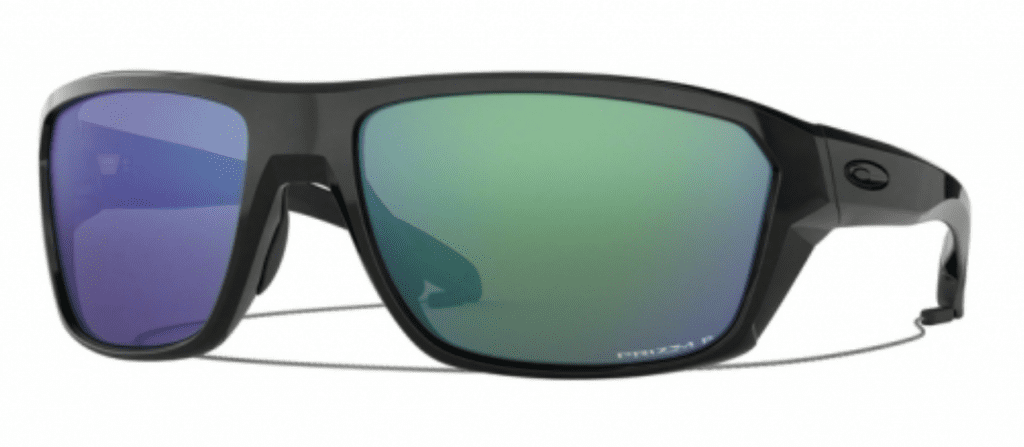
The Oakley PRIZM Shallow Water lens is tuned to cut the glare off the surface of the water and the lenses have a rose base color and green mirror coating to optimize your vision to define what’s beneath the surface of the water.
Pictured:
OAKLEY SPLIT SHOT OO941
with PRIZM Shallow Water lenses
Now let’s say you’re a cyclist, spending most of your time on 2+ hour rides over the weekend, hitting speeds of over 30 mph all while zooming through varying light conditions. The PRIZM Shallow Water lenses wouldn’t be ideal for you because they may be too dark and polarized lenses could make it difficult to define potholes and cracks in the road. Instead, you would benefit from the PRIZM Road lenses.
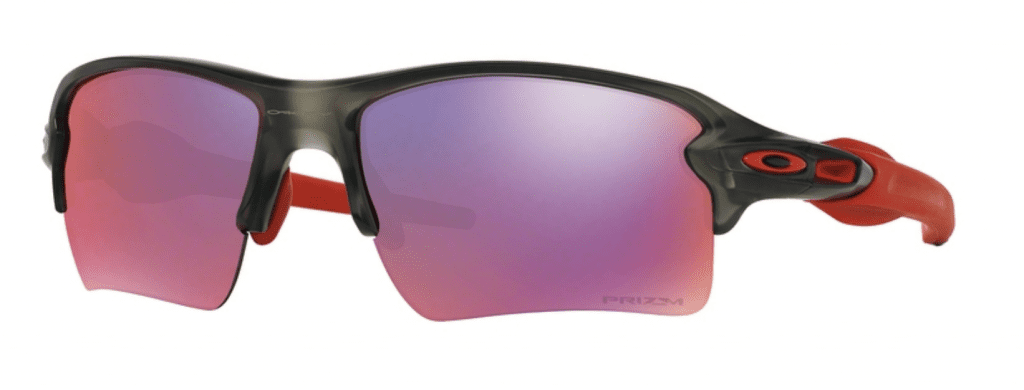
PRIZM Road lenses are non-polarized and have a red base color, providing better contrast and better VLT%.
Pictured:
OAKLEY FLAK 2.0 XL OO9188
with PRIZM Road lenses
The examples could go on, but I think you can see why performance lenses are in a subcategory of their own. Oakley isn’t the only company to offer finely tuned performance lenses.
- SMITH offers ChromaPop
- Costa Del Mar offers 580 lenses
- Maui Jim offers Polarized Plus 2 lens technology
Whatever your outdoor activity, there is a sunglass lens that can enhance your quality of vision. Spending time outside is that much more enjoyable when you aren’t limited by bright light or the wrong type of eyewear.
See well. Be well. Have fun out there!

